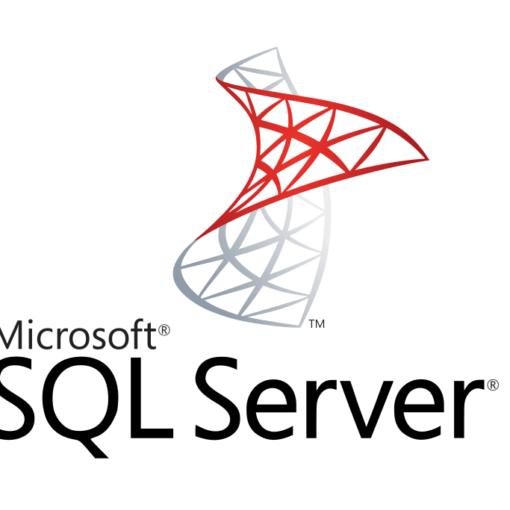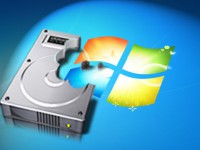When TS Session Broker is installed on a server it creates a new group called Session Directory Computers. Before a Terminal Server can be added to the terminal server farm it must first be added as a member of this group on the TS Session Broker server system. As mentioned previously, the TS Session Broker server must be part of a domain. Depending on whether the server is a domain controller or not will govern how the Session Directory Computers group is managed.
If the TS Session Broker server is not a domain controller, open the Computer Management tool (Start -> All Programs -> Administrative Tools -> Computer Management) and select Local Users and Groups from the System Tools category in the tree in the left hand panel. From the list of objects right click on Session Directory Computers and choose Properties from the popup menu to display the following properties dialog. Click on Add to open the Select Users, Contacts, Computers or Groups dialog:
As indicated above, only Users and Groups are currently configured for addition. In order to be able to add the Terminal Server computers click on the Object Types… button to invoke the Object Types dialog and select the Computers check box as illustrated in the following figure:
Click OK to close the Object Type dialog and then enter the names of the Terminal Services servers and validate them using the Check Names button. Once all the servers are added as members click on OK in both the Select Users, Contacts, Computers or Groups and Properties dialog boxes.
If the server on which the TS Session Broker service is running is a domain controller the Session Directory Computers group may be modified using Active Directory Users and Computers (Start -> All Programs -> Administrative Tools -> Active Directory Users and Computers). Once opened, select the required domain from the tree followed by Users. Right click on the Session Directory Computers item in the list and select Properties. Once the properties dialog has been displayed click on the Members tab:
Click on Add to add new new members using the the same steps outlined above for non-domain controllers.




